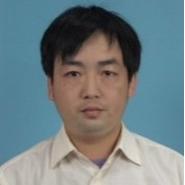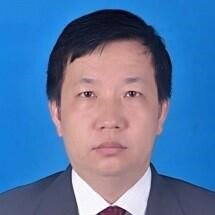Simulation and Optimization Methods in Machining and Structure/Material Design
A special issue of Metals (ISSN 2075-4701). This special issue belongs to the section "Computation and Simulation on Metals".
Deadline for manuscript submissions: 30 November 2024 | Viewed by 13637
Special Issue Editors
Interests: precision machining; EDM; WEDM; glass molding process; microstructure; deep learning
Special Issues, Collections and Topics in MDPI journals
Interests: process parameter optimization; EDM; reliability analysis
Special Issues, Collections and Topics in MDPI journals
Special Issue Information
Dear Colleagues,
Finite element or other numerical simulation methods are effective methods to evaluate product performance and thus have great application prospects in many fields. Conducting parameter optimization based on numerical simulation can further enhance its potential to bring huge economic benefits in machining, structure design, or material design.
This Special Issue calls for papers (i.e., research articles, reviews, and perspectives) which deal with simulation or optimization methods in machining, structure, or material.
Priority areas of interest are:
- Finite element and other numerical simulation methods in traditional and nontraditional machining;
- Finite element and other numerical simulation methods in structure/material design;
- Optimization methods in structural parameters, process parameters, or material parameters;
- Machining method and optimization design in functional structure.
Papers on process-related topics such as structure or material design, as well as those on the relationship between the design parameters and the product performance, will also be considered.
Dr. Wuyi Ming
Dr. Xiaoke Li
Prof. Dr. Wenbin He
Guest Editors
Manuscript Submission Information
Manuscripts should be submitted online at www.mdpi.com by registering and logging in to this website. Once you are registered, click here to go to the submission form. Manuscripts can be submitted until the deadline. All submissions that pass pre-check are peer-reviewed. Accepted papers will be published continuously in the journal (as soon as accepted) and will be listed together on the special issue website. Research articles, review articles as well as short communications are invited. For planned papers, a title and short abstract (about 100 words) can be sent to the Editorial Office for announcement on this website.
Submitted manuscripts should not have been published previously, nor be under consideration for publication elsewhere (except conference proceedings papers). All manuscripts are thoroughly refereed through a single-blind peer-review process. A guide for authors and other relevant information for submission of manuscripts is available on the Instructions for Authors page. Metals is an international peer-reviewed open access monthly journal published by MDPI.
Please visit the Instructions for Authors page before submitting a manuscript. The Article Processing Charge (APC) for publication in this open access journal is 2600 CHF (Swiss Francs). Submitted papers should be well formatted and use good English. Authors may use MDPI's English editing service prior to publication or during author revisions.
Keywords
- finite element method
- numerical simulation
- structural optimization
- process optimization
- simulation modeling
- material optimization







